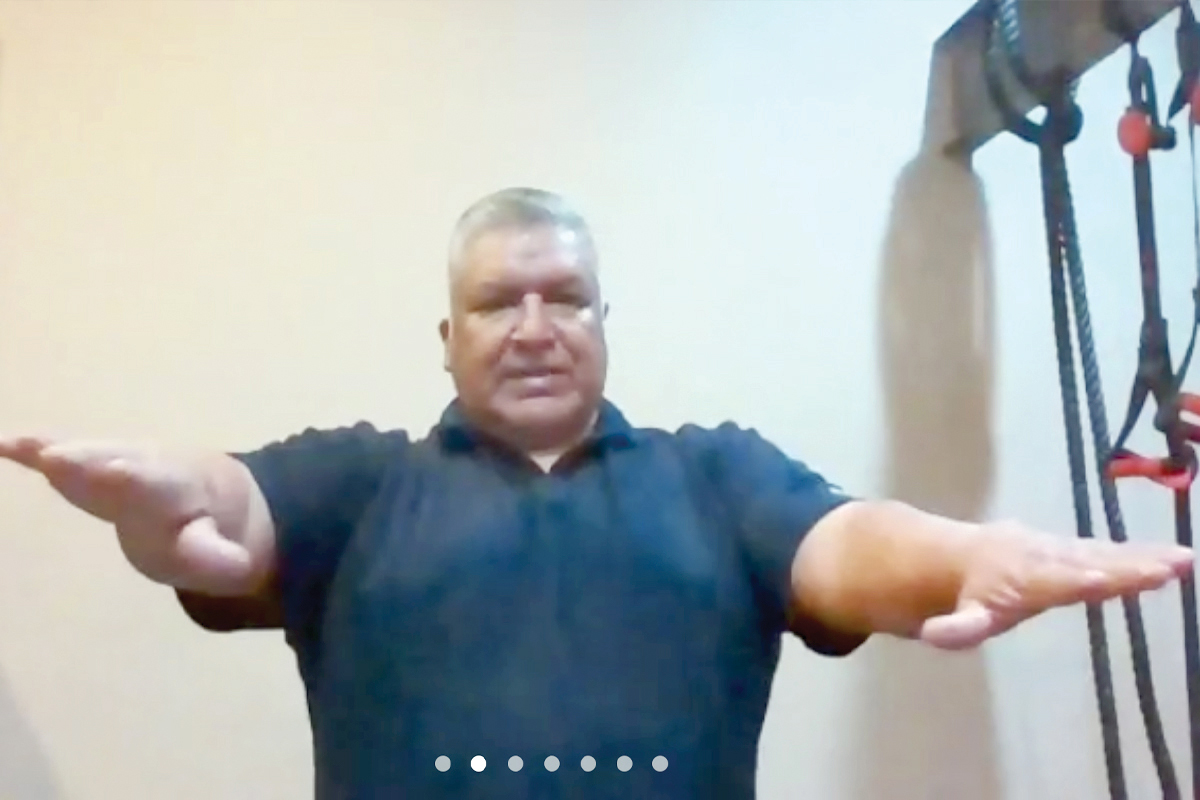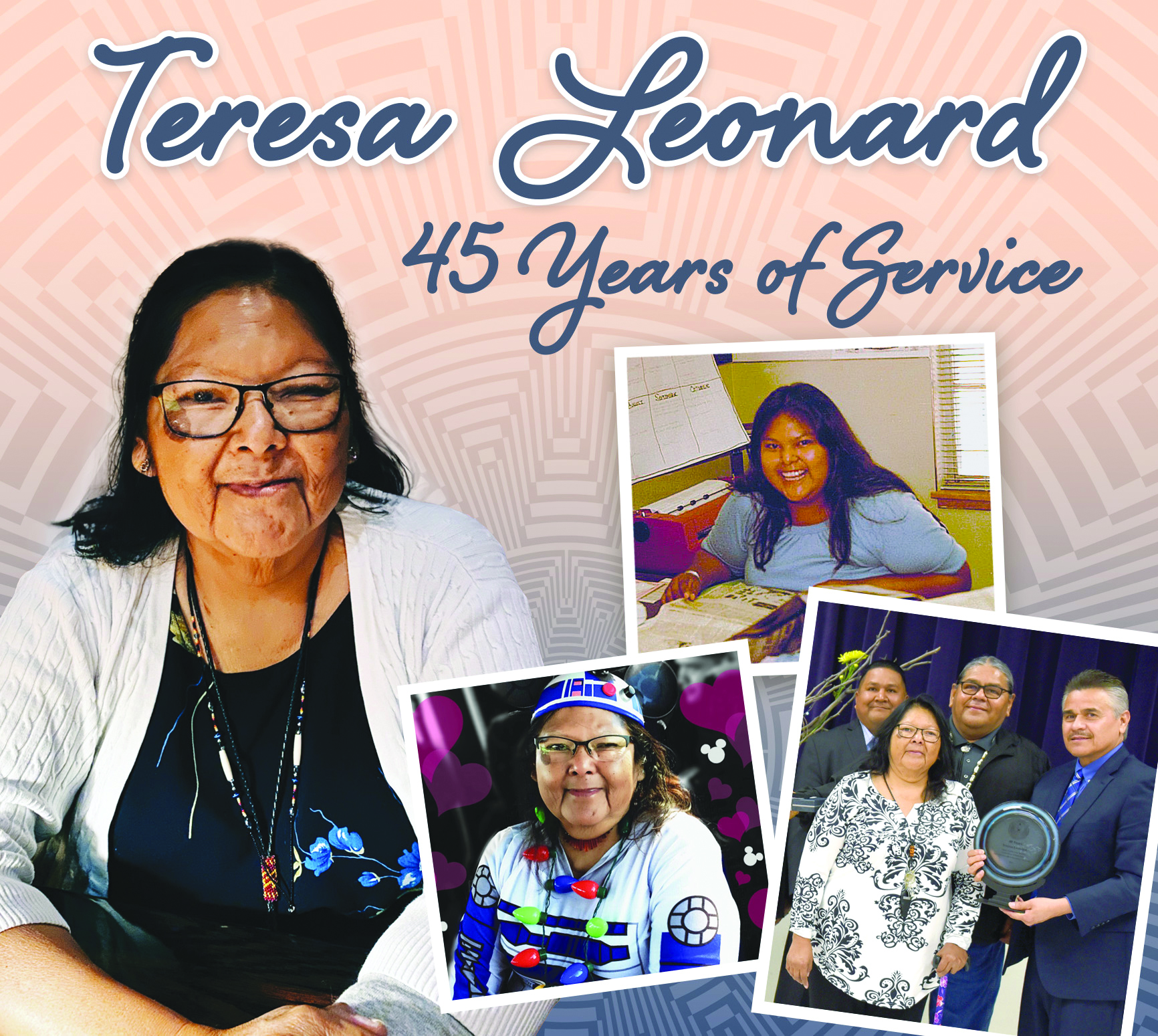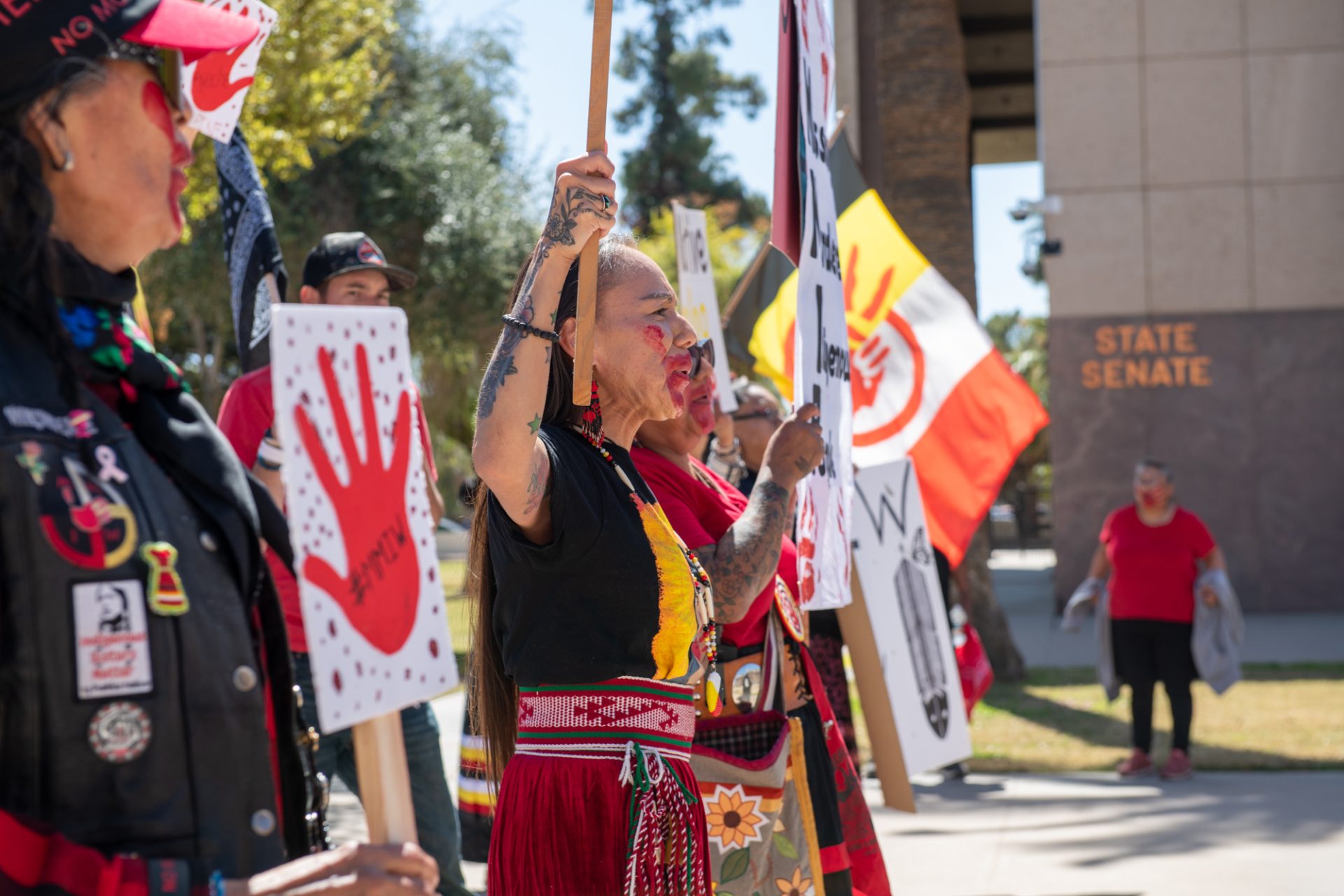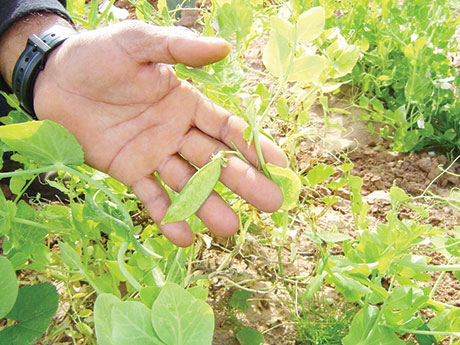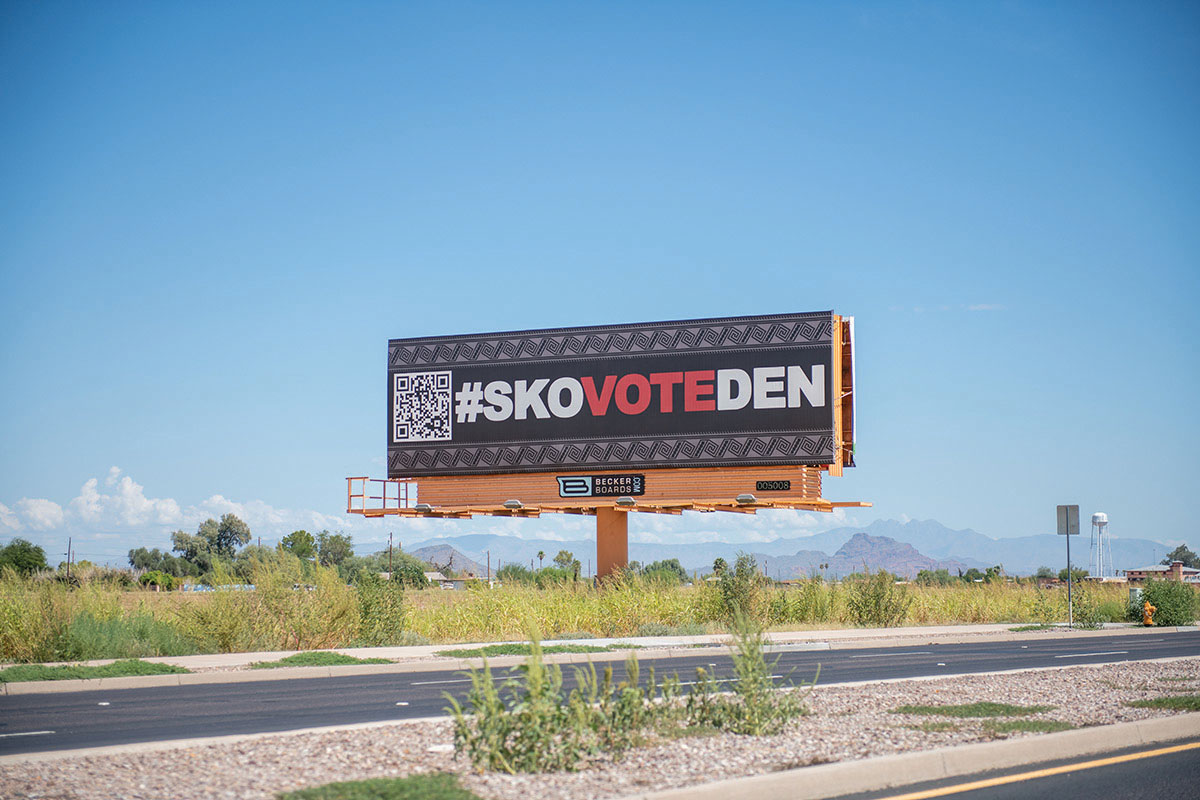VIEWS: 2155
February 17, 2022Diabetes Prevention Services Hosts Calcium and Bone Health Seminar
Diabetes Prevention Services of the Salt River Pima-Maricopa Indian Community started off February with a two-day seminar on calcium and bone health held on February 1 and 2. The seminar was presented virtually through Zoom.
On the first day of the seminar, Community Health Educator Tara John discussed the benefits of calcium, how to identify foods with calcium and how to make a healthy snack. On the second day, Physical Fitness Specialist Nevelle Howard discussed the benefits of physical activity for bone health and provided a simple workout warm-up to help strengthen bones.
The participants were all provided with a learning kit, which they picked up prior to the Zoom presentations. This kit included a recipe card, My Native Plate, handouts noting the benefits of calcium, and the ingredients and recipe for making blue corn mush (see sidebar).
John discussed some great sources of calcium, asking the participants to name some. But before they shared their answers, John talked about My Native Plate.
My Native Plate is a guide to show how much vegetables, protein, grains/starches and fruit should be served at each meal. Half of the plate should be filled with non-starchy vegetables. The other half should be divided into equal parts of grains/starches and protein. Fruit can be added on the side.

“You will notice that dairy is not on the My Native Plate. This is because dairy was nonexistent in the Native American diet before the 1600s. But there were other ways we got our calcium,” said John.
Those sources of calcium included beans, squash, oranges, blackberries, juniper ash and, specific to the Community, cholla buds.
“Calcium helps us form strong bones, it’s good for the blood and it helps the muscles contract. It also helps prevent osteoporosis,” John said.
“We lose calcium every single day, so we want to make sure we are eating good sources of calcium. That way we can restore and replenish it inside our bodies,” said John. “The other thing I did want to share is that it’s not only important that we’re getting good sources of calcium, but we also [need] good sources of vitamin D as well, because the vitamin D can help our bodies better absorb calcium.”
Good sources of vitamin D are sunlight, eggs, fish, soy milk, orange juice, beef liver and fortified cereals.
John demonstrated how to make blue corn mush, a dish used by multiple tribal communities that is a good source of calcium (see sidebar for recipe). The Hopi people use it to make piki bread, and the Navajo use it to make a cake for their coming-of-age ceremony. You can also make pancakes, cookies, cupcakes and frybread with it as well.
Benefits of Physical Activity on Bone Health
Howard reviewed bone health and fitness and demonstrated several exercise activities with the participants.
Exercising regularly helps build bone density, but you also need good nutrition with calcium and vitamin D. Exercising also helps with balance and coordination, which is important as people age to help prevent falls that may result in broken bones. Inactivity causes bone loss, so it is important to exercise regularly.
Howard reviewed two types of exercise training that are effective for building strong bones. The first is weight-bearing exercise, which is anything you do on your feet that works your bones and muscles against gravity. Weight-bearing exercises include brisk walking, hiking, jogging/running, dancing, jump rope, tennis, basketball, volleyball, stair climbing and more. The second is traditional strength training, which is resistance added to movement to make muscles work harder so both bones and muscles become stronger. These exercises include push-ups, lunges and lifting weights.
Non-weight-bearing exercises, such as swimming, bicycling and chair exercises, do not increase bone density but are excellent for strengthening the muscles, heart and lungs.
Before wrapping up his presentation, Howard demonstrated a number of simple exercises to help get the blood pumping with a 15- to 20-minute warm-up.
If you would like to participate in any future seminars or events, watch for new events posted on the SRPMIC Health and Human Services Facebook page at www.facebook.com/SaltRiverDHHS.

